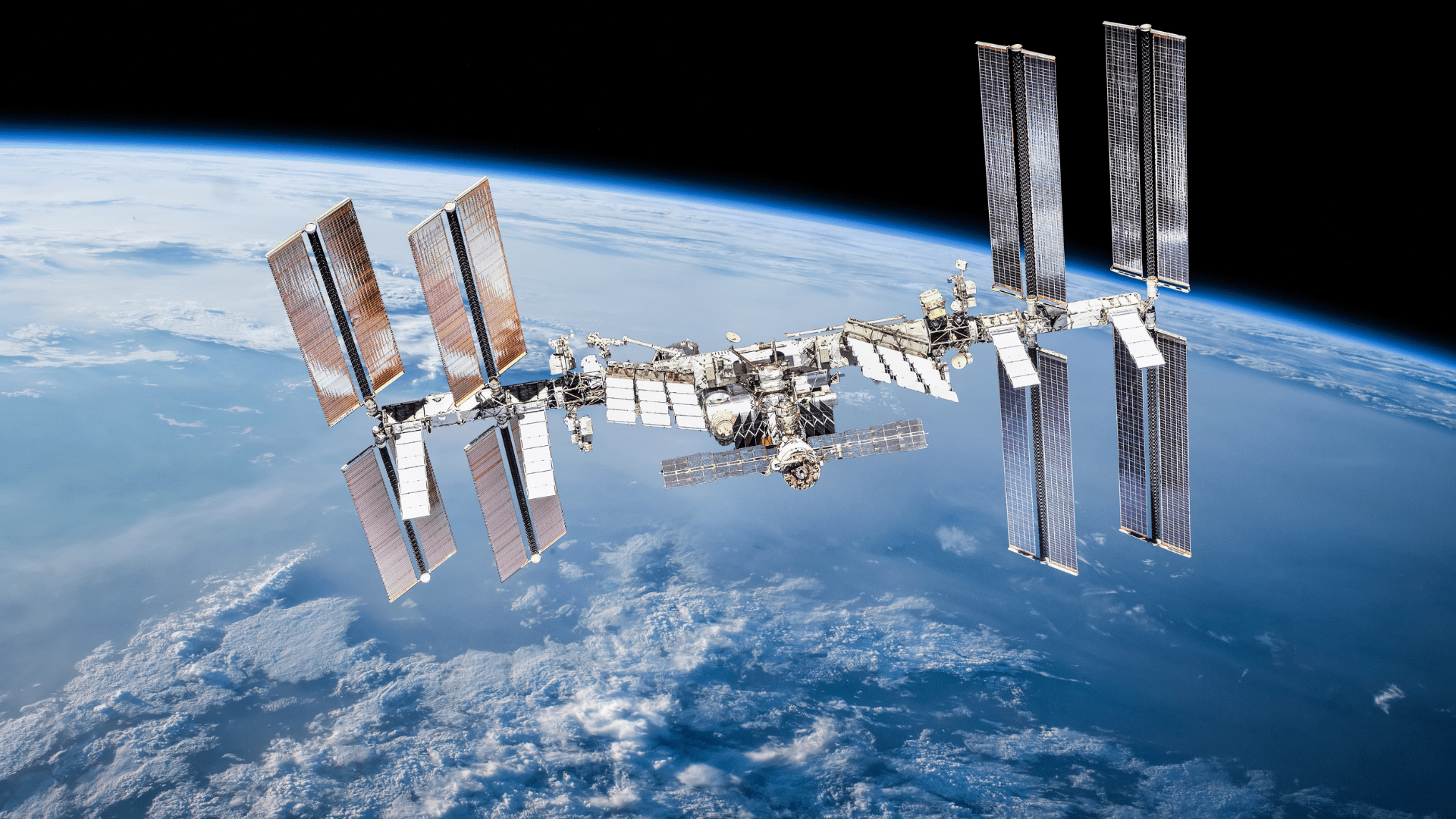After a quarter of a century of continuous human presence in orbit, the International Space Station is nearing the end of its mission. NASA has officially confirmed that the ISS will cease operations in 2030, and in 2031, the structure will be directed to a controlled deorbit over an uninhabited area of the Pacific Ocean called Point Nemo.
For the world of science, engineering, and international cooperation, this is a symbolic moment – after more than two decades, the station, which has served as a laboratory, home, and bridge between nations, will end its journey.
25 years in orbit
Since November 2000, the International Space Station has continuously hosted humans in space. Every day for nearly 25 years, astronauts have conducted research there that has yielded thousands of discoveries, from biotechnology to the physics of matter in microgravity.
Since the first modules were launched in 1998, the ISS has been the site of over 4,000 experiments and the source of over 4,400 scientific publications. Thanks to it, scientists have gained a better understanding of, among other things, the crystallization process of anti-cancer drugs, the effect of microgravity on tissue growth, and how to create ultra-pure optical fibers in space.
The ISS has also been an arena for cooperation between NASA, the European Space Agency, Roscosmos, JAXA, and Canada. At a time when politics divided, the joint orbital station brought together the efforts of scientists and engineers from around the world.
How will the ISS mission end?
The end of the station’s operation is not only a symbolic decision, but also a huge technical undertaking. NASA has commissioned SpaceX to build a special vehicle – the US Deorbit Vehicle – which will guide the ISS through its final maneuver: a controlled entry into the atmosphere and the burning up of most of its structure. The few remaining debris will fall into the ocean in a location where they will not pose a threat to people or ships.
The station, weighing over 400 tons, cannot remain in orbit indefinitely. Its components are worn out, and its life support and power systems require increasingly frequent repairs. NASA estimates that the cost of maintaining the ISS consumes too large a portion of the budget that could be allocated to further exploration of the Moon and Mars.
Worthy successors
Although the station will end its mission, this does not mean the end of research in low Earth orbit. NASA and its partners are planning a smooth transition to cooperation with the private sector. New stations – such as Axiom Station, Orbital Reef, and Haven-1 – are to take over the scientific functions of the ISS, but operate on a commercial model.
The agency will be a customer, not an owner, paying for space for astronauts and experiments. The goal is to maintain a permanent human presence in orbit, but at lower cost and with greater technological flexibility.
Visible at night as a bright spot moving across the sky, the ISS has inspired awe and a sense of community for decades. For many people, it has become a symbol of what humanity can achieve through cross-border cooperation. When it ends its journey in 2030, a chapter in history will close – the first long-term experiment in inhabiting space.






